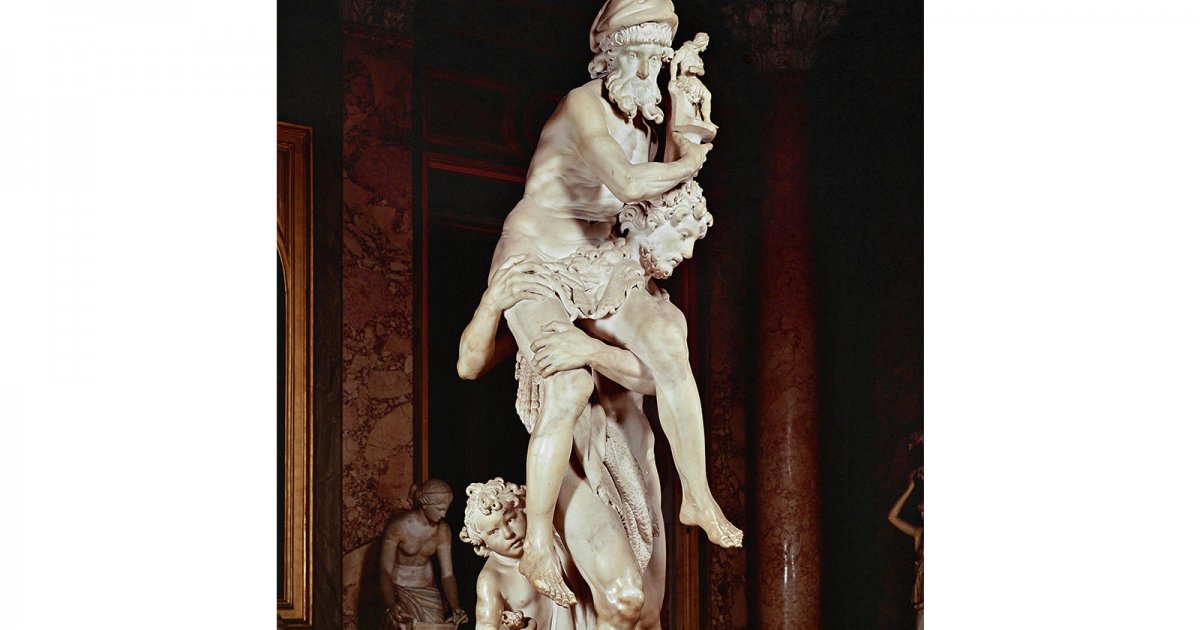GALLERIA BORGHESE, Bernini
 Language: English / USA
Language: English / USA
The great protagonist of the ground floor rooms is Gian Lorenzo Bernini, the greatest sculptor and architect of Baroque Rome. He demonstrated his great sculptural skills when he was little more than a teenager: after having shown that he knew how to imitate ancient sculpture quite impressively, in addition to being quite good at painting, between 1621 and 1624 he made an ambitious cycle of sculptures for the demanding Prince Scipione Borghese, who was a passionate collector of Caravaggio. Sculpted for an audience of refined and demanding art connoisseurs, these four large marble groups were exceptionally successful and immediately emerged as an unsurpassed model of Baroque sculpture. Today you can admire them in the center of their respective halls, surrounded by statues and paintings from different ages.
Always remember to walk full-circle around each group and admire it from every angle.
The first work depicts a scene narrated in Virgil's Aeneid: Aeneas is fleeing Troy while carrying his father Anchises and being followed by his son Ascanius. The complicated group of figures was made by the young, talented artist in collaboration with his father Pietro Bernini; the other three works are instead only by Gian Lorenzo.
In the second group called The Rape of Proserpina, the underworld god Pluto is accompanied by a three-headed dog while struggling to hold the beautiful girl writhing in his arms. Look at the how the God's fingers sink into the girl's soft thighs and side!
Now go on to the third work called David. Conceived as a self portrait, it depicts a muscular, energetic boy whose face is entirely concentrated in the effort of stretching the sling.
The last sculptural group I'd like to tell you about is Apollo and Daphne. In this work showing Bernini's stunning virtuosity, he literally "translates" the verses of the Latin poet Ovid, showing you the story of the nymph Daphne being pursued by the god Apollo, who does not love him as he does her: in fact, as soon as he reaches her, Daphne begins to turn into a laurel tree. Even surpassing the models of classical sculpture, Bernini turns every surface into something else: hair turns into fronds, soft flesh is wrapped around the rough bark of a tree, fingers become thin laurel leaves.
FUN FACT: after having sculpted the bust of Scipio Borghese that you saw displayed here in the gallery, Bernini noticed that the marble had a defect: a dark vein right on the figure's face. So what do you think he did? He sculpted another one!



